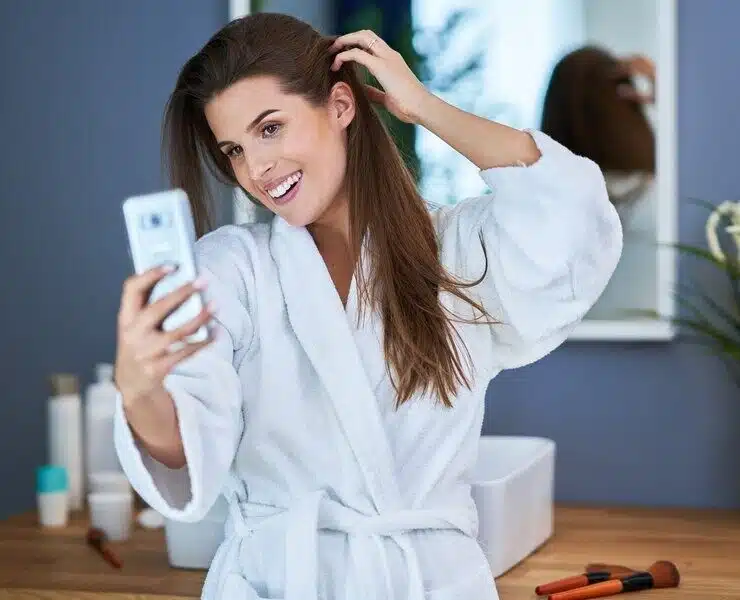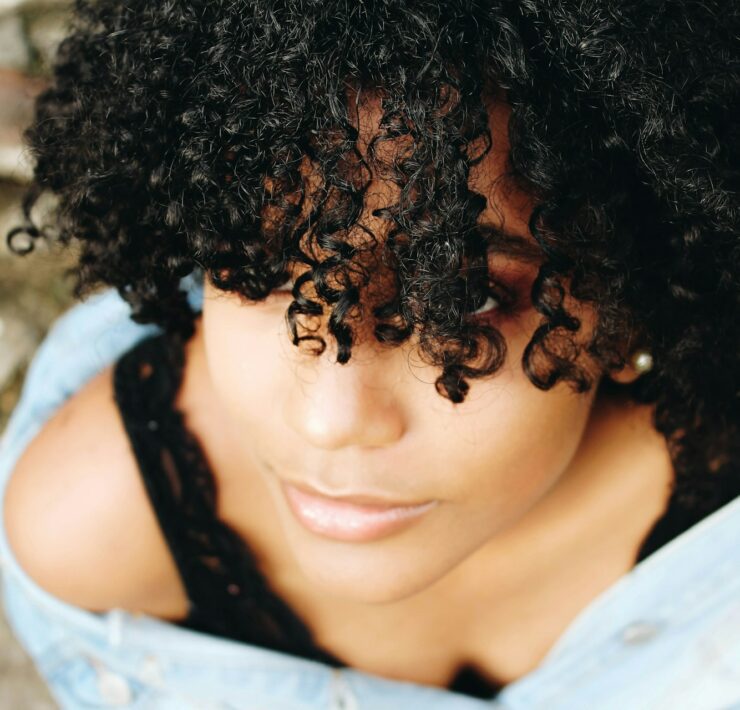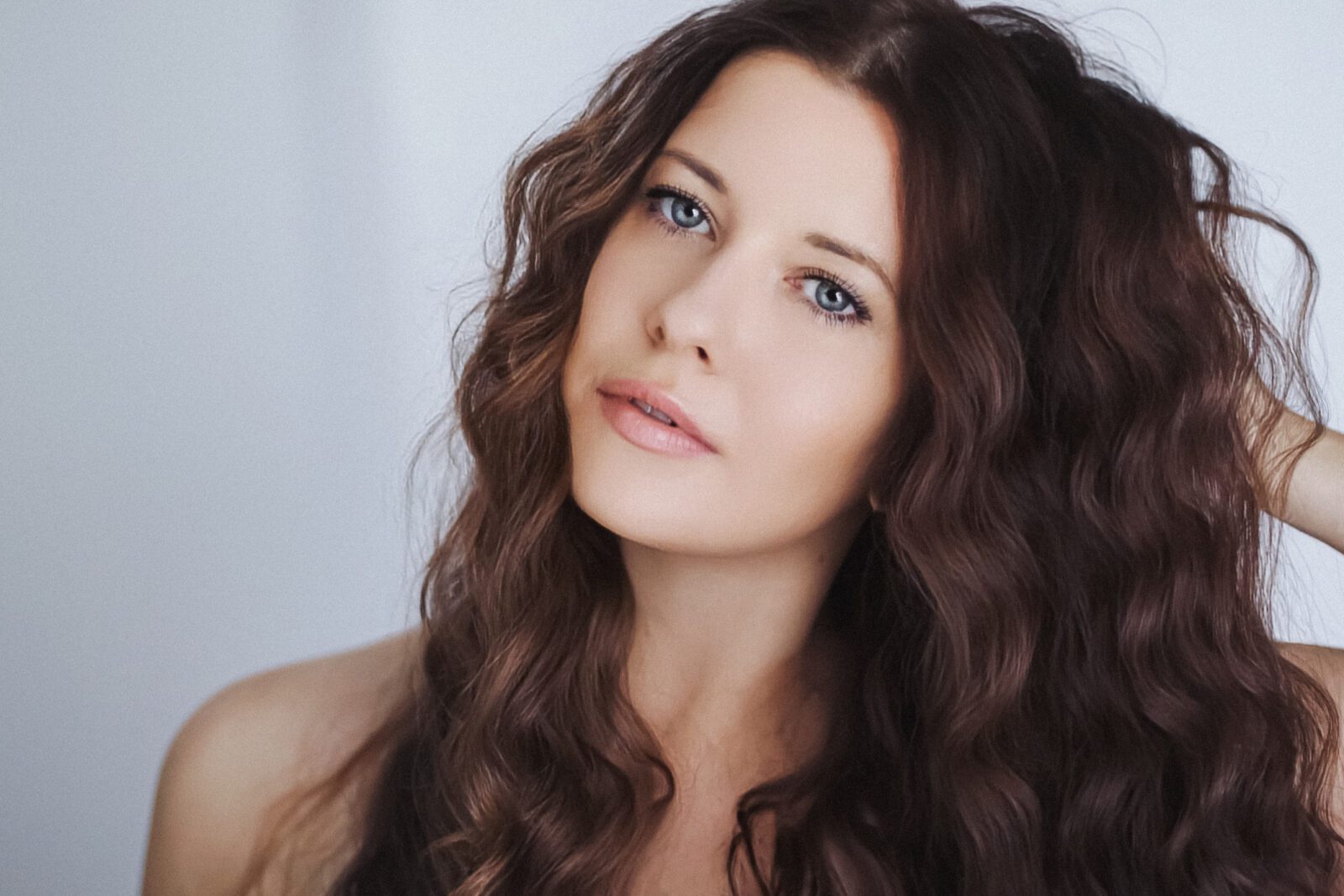
Type 2 hair is wavy and falls between straight and curly hair. It has an “S” shape, is thicker than Type 1 hair, and is not as oily. It can range from loose loops to thick, coarse S-shaped waves.
Our hair quiz will help you identify if you have type 2 hair, and this article will teach you how to care for it and enhance its natural texture.
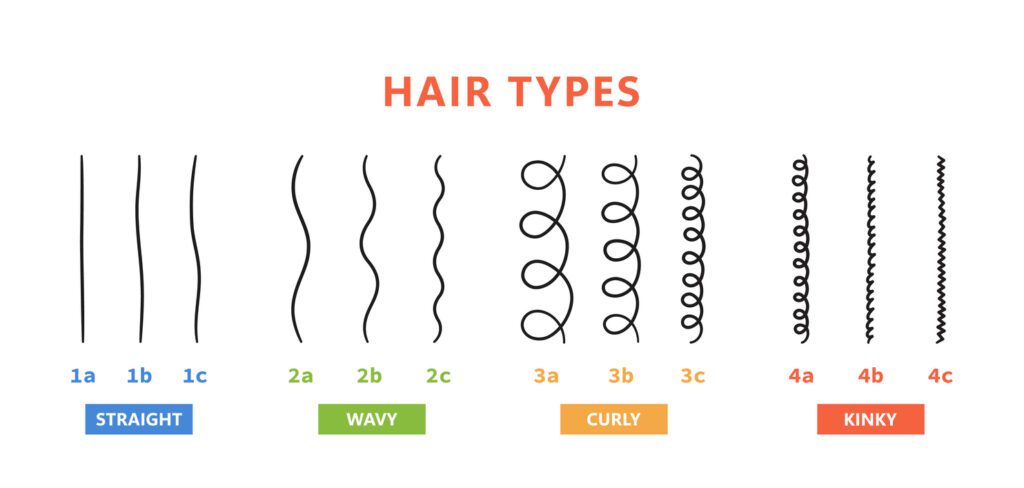
What Is Type 2 Hair?
Type 2 hair is a type of wavy hair that falls between straight and curly hair. It has an “S” shape and a slightly textured appearance. Type 2 hair can range from loose loops to thick, coarse S-shaped waves. To care for Type 2 hair, it is important to use products specifically designed for wavy hair, such as curl-defining creams and leave-in conditioners. Additionally, it is important to avoid over-washing and heat styling to prevent damage.
Type 2 hair is wavy hair that can be further divided into three subtypes: 2A, 2B, and 2C. These subtypes help to further describe the unique characteristics of the hair compared to straight hair (type 1) and curly hair (type 3).
A popular type 2 wavy is Swavy Curly Courtney. Check out some of her helpful videos and here for wavy hair.
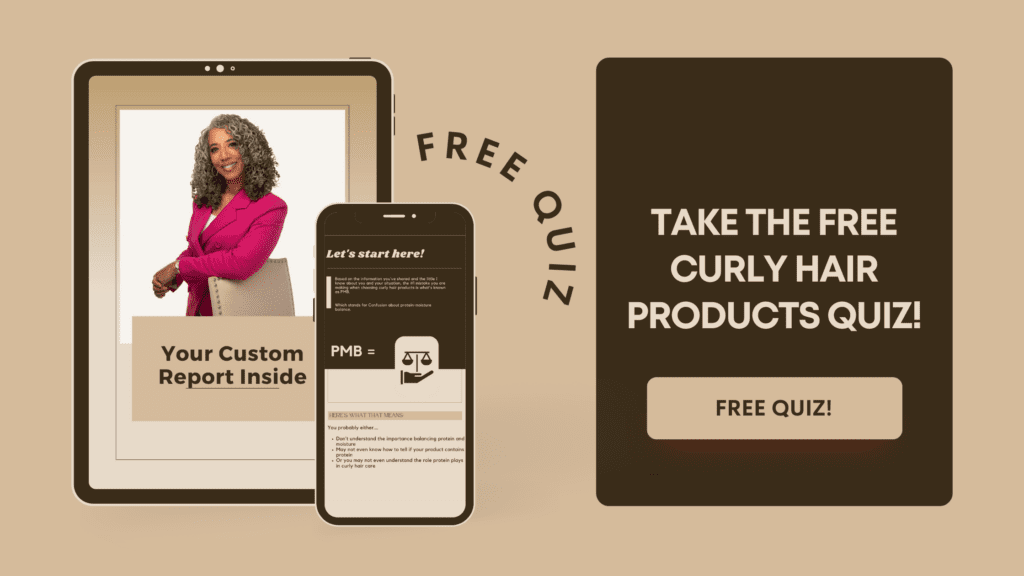
Type 2 Hair vs Type 3 & Type 4
The Andre Walker Hair Typing System is a classification system for hair types created in the 1990s by Oprah Winfrey’s stylist, Andre Walker. The system divides all hair into four different categories based on curl type and texture:
Type 1 (straight hair)
Type 2 (wavy hair)
Type 3 (curly hair)
Type 4 (coily/kinky hair)

It is designed to help people identify their hair type and find the best products to use for their specific hair type. Within each category, there are three subcategories – A, B, and C – to further define the texture of the hair.
The system has been controversial due to its origins. Celebrity stylist Andre Walker introduced the hair typing system on the Oprah Winfrey Show in 1997, which some have argued perpetuated stereotypes about black women’s hair. Despite this, it remains a popular tool used by many people to identify their hair type and find suitable products for their needs.
How Do They Differ?
Oils
Type 2 hair is less oily than other hair types. This is because Type 2 hair has a slight texture and shape, which means it does not produce as much sebum (natural oil) as type 1 hair. In comparison, Type 1 hair is usually straight and produces more sebum, making it oilier than Type 2. To determine how oily your scalp is, inspect your hair and scalp on the second day after a wash.
Curl Pattern:
Type 2 hair is characterized by S-shaped waves, which can range from loose and wavy to tight and defined. Type 2 hair is usually more prone to frizz than the other types.
Type 1 hair is straight and has no curl pattern. Type 3 hair has spiraled and tighter curls that are usually springy and full-bodied or corkscrew-shaped. Type 4 hair consists of kinks and coils that are tightly coiled or zig-zag shaped.
Type 2 Characteristics
Type 2 hair is characterized by its undulating texture that embodies loose waves and well-defined curls. It sits in the sweet spot between pin-straight locks and gravity-defying corkscrews. Type 2 hair is also known as wavy hair, with its “S” shape curls and looser texture. The spectrum of type 2 hair ranges from loose loops to coarse, thick S-shaped waves.
In addition to the S-shaped curl pattern, type 2 hair has many other characteristics including:
Lack of volume: Type 2 hair often has less volume at the roots compared to curls and coils. This makes the hair at the top of the head look flat.
Build-up: If type 2 hair is low density, it can easily be weighed down by using too many or too heavy stylers or leave-in products.
Hold: In between wash-days, wavy curls can flatten and becoming straighter. Waves can last longer with the right combination of mousses and strong or medium hold gels.
Dryness: Type 2 is rarely dry because the gentle S-waves allow the scalp’s natural oils (i.e., sebum) to transition down the hair shaft more easily.
Humidity: Type 2, 3 and 4 hair can all be impacted by weather and climate. But we all have a unique hair type that can behave differently under different circumstances. The key in great waves and curls is understanding how to best enhance them. Humidity, dry air, cold winter months, and summer months can all affect hair leading to frizz, flattening, oiliness, and/or dullness.
What does your Type 2 Hair look like?
Type 2, 3 and 4 curly hair types can be classified into subcategories of A, B, and C. Type 2 is the least curly and type 4 is the most curly. The lower letter (A) means a looser curl pattern and the higher letter (C) means a tighter curl pattern.
Type 2A Hair
2A hair has a loose tousled texture. Type 2A is straight at the roots of the hair, ending in gentle waves. Type 2A hair is the loosest curl of all the wavy hair types. This type can get oily because the oils from the scalp move down the hair shaft easier. To enhance this curl pattern, use strong or medium hold styling products that will keep the curl for longer.
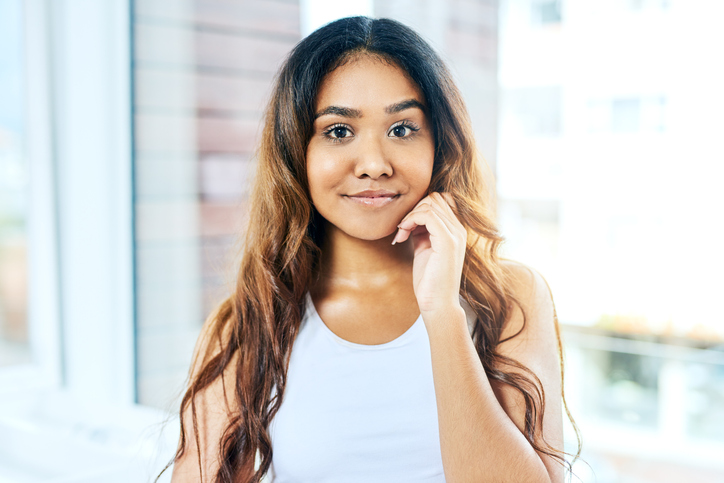
Type 2B Hair
Compared to 2A hair, 2B hair has a tighter “S” shaped curl pattern starting mid-length. This hair type is less oily than type 2A. However, low density type 2B hair can be weighed down with too many products. Opt for lighter weight styling products that help boost volume.
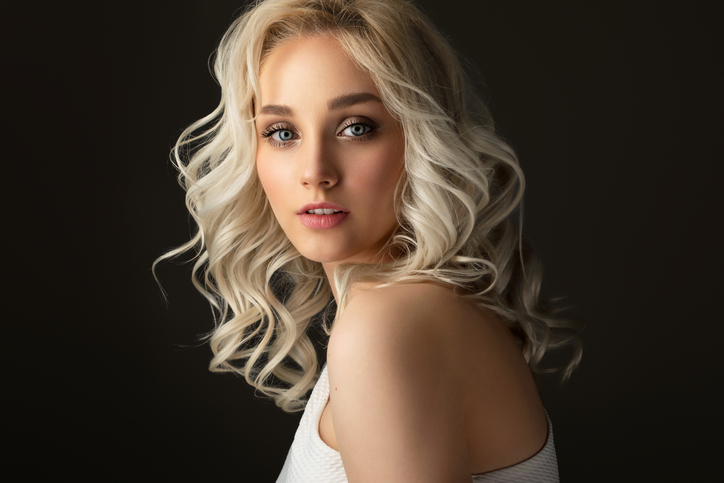
Type 2C Hair
Compared to 2A and 2B, 2C hair has the tightest “S” shaped waves starting closer to the roots, and some loose corkscrews can be formed when styled. 2C hair is more prone to frizz, as it is drier than 2A and B. Avoid frizz-inducing products and use strong hold stylers that seal in moisture to give locks the moisture they need to stand out from the crowd.
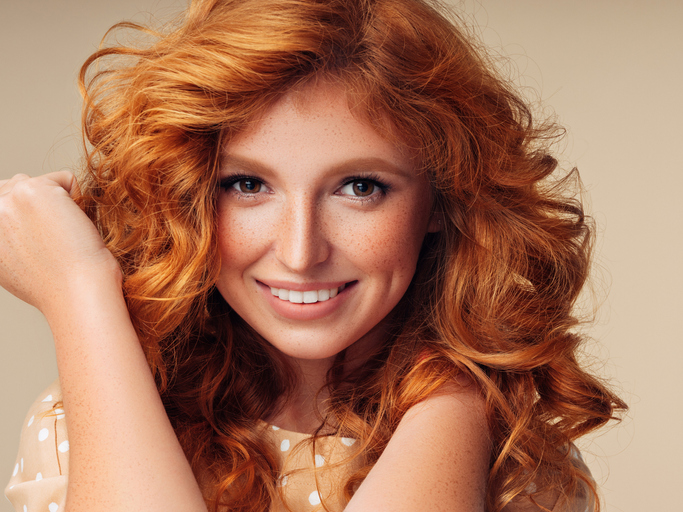
Top Care and Styling Tips For Type 2 Hair
Type 2 hair is wavy and can range from fine to coarse, low density or high density. It is important to use products that are specifically designed for this type of hair to keep it healthy and hydrated.
Products such as leave-in conditioners, sulfate-free shampoos, and moisturizing oils are great for type 2 hair.
Here are some simple steps to help you care for your type 2 hair:
Washing
Type 2 hair is characterized by waves and curls that are neither too loose nor too tight and requires a specific hair care routine to maintain its health and appearance. To care for type 2 hair, it is important to use a volumizing shampoo and conditioner, as well as a deep conditioning mask and leave-in conditioner. Additionally, using a light-hold curl cream when the hair is damp can help to define the curls.
It is also important to clarify the hair regularly to remove build up and residue that can cause it to look dull and feel heavy.
Conditioning
Regular hydration is important for type 2 hair to keep it moisturized and healthy. Type 2 hair should use a conditioner every time they wash their hair, a leave-in conditioner in between washes, and a deep conditioning mask for an extra hydration boost.
Styling
Fine type 2 hair can be weighed down easily, flattening the natural wave. Choose lightweight and volumizing formulas such as liquid gels for definition. To avoid flattening of the natural waves, try not to layer products. Using stronger hold stylers will help keep your pattern as much as possible, by strengthening the curls. Always use a heat protectant spray before styling with heat tools to prevent damage to type 2 hair.
Maintenance
Brushing the hair regularly with a wide-toothed comb can help to keep it healthy and tangle-free. Additionally, using a clean, scalp-supporting dry shampoo can help keep roots lifted between washes and dabbing on a hair serum can help define the waves post-wash.
Coloring
Using hair products that are specifically formulated for colored hair will preserve the color for longer and increase shine.
Type 2 hair and Protein Moisture Balance
Protein moisture balance is the relationship between the amount of protein and moisture in curly hair. Protein provides strength and stiffness to the hair, while moisture provides softness. To achieve protein/moisture balance, it is important to stop doing deep conditioning treatments and hydrating techniques like the bowl method and wet plopping. All curly hair types are inherently dry due to the way strands sprout from the scalp, so it is important to replenish lost moisture with products that contain moisturizing ingredients.
Additionally, hair is made up of 80-90% of a protein called keratin, so it is important to use products that contain hydrolyzed proteins such as wheat or silk proteins to strengthen and protect curls.
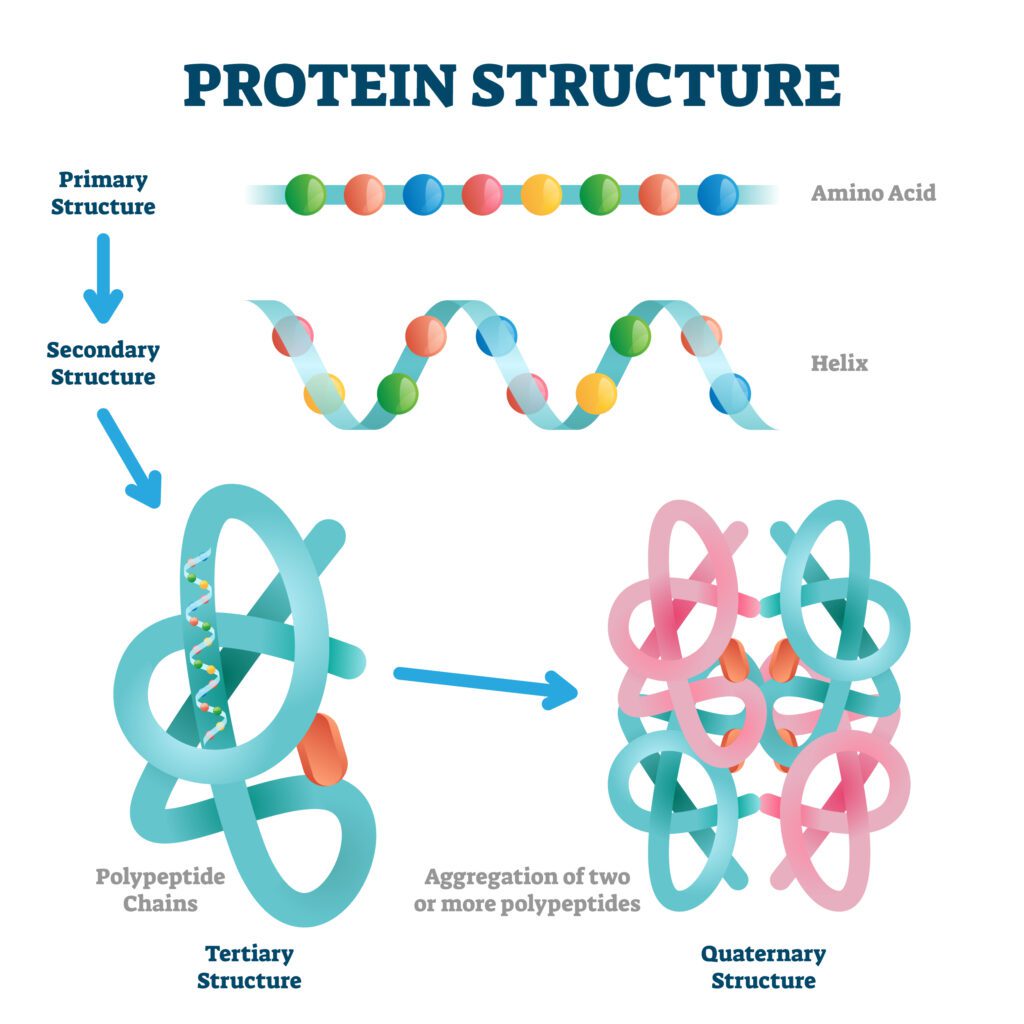
Protein overload in type 2 hair feels brittle to the touch and appears dull. To remedy protein overload, wash tresses with a clarifying shampoo, followed by a deeply hydrating conditioner or mask to restore your gorgeous waves.
In contrast, moisture overload can leave type 2 hair appearing limp and lacking its natural wave pattern. This can be fixed by clarifying with a proper shampoo and using a protein rich product or a bond builder to rejuvenate type 2 hair.
Check out our hair product guides. For the best shampoos for Type 2 hair, read this and check out this shampoo guide.


